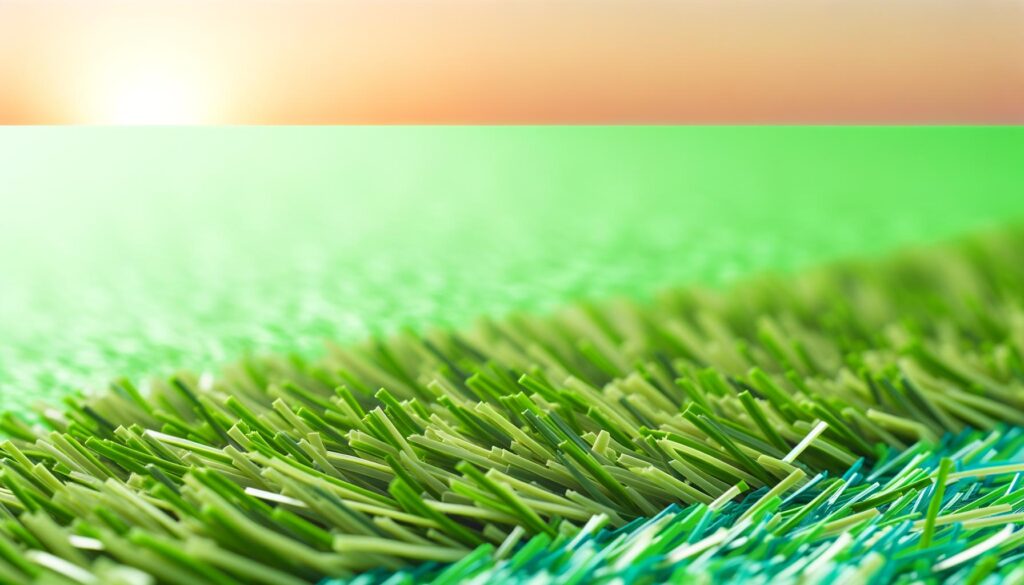Understanding Artificial Grass
Artificial grass, also known as synthetic turf, has become increasingly popular among homeowners and businesses alike. It is designed to mimic the look and feel of natural grass while providing numerous benefits. The primary components of artificial grass include polyethylene or polypropylene fibers, which are crafted to resemble grass blades, and a backing material that holds these fibers together. The installation of artificial grass involves spreading a layer of infill material, such as sand or rubber granules, to provide cushioning and support.
Artificial grass comes in various styles and textures, allowing users to choose the type that best suits their needs. Some versions are soft and lush, perfect for residential lawns, while others are more durable and suitable for sports fields. Regardless of the type, artificial grass offers a consistent appearance throughout the year, making it an attractive option for those looking to maintain a pristine lawn without the hassle of regular upkeep.

Benefits of Artificial Grass
There are several advantages to using artificial grass, making it a preferred choice for many. One of the most significant benefits is its low maintenance requirement. Unlike natural grass, artificial grass does not need watering, mowing, or fertilizing, which can save both time and money. This aspect is particularly appealing to those living in regions with water restrictions or where natural grass struggles to thrive.
Another advantage of artificial grass is its durability. It can withstand heavy foot traffic, making it ideal for areas like playgrounds, sports fields, and commercial properties. Additionally, artificial grass is resistant to pests and diseases that commonly affect natural lawns, ensuring a healthy and attractive appearance year-round.
Applications of Artificial Grass
Artificial grass is incredibly versatile and can be used in a variety of settings. Residential backyards are a common application, where homeowners can enjoy a lush, green lawn without the hassle of traditional lawn care. Additionally, artificial grass is an excellent choice for rooftop gardens and balconies, providing a touch of nature to urban living spaces.
Sports facilities also benefit from artificial grass, as it provides a consistent playing surface that can be used in various weather conditions. Tennis courts, soccer fields, and golf courses are just a few examples where artificial grass is commonly used. Moreover, commercial properties such as shopping centers and hotels utilize artificial grass to enhance their landscaping without the maintenance demands of natural grass.
Environmental Considerations
While artificial grass offers numerous advantages, it’s essential to consider its environmental impact. One of the primary concerns is the production and disposal of synthetic materials. However, advancements in technology have led to the development of more eco-friendly options, including recyclable artificial grass and products made from sustainable materials.
Additionally, the use of artificial grass can contribute to water conservation efforts. By eliminating the need for regular watering, users can significantly reduce their water consumption, which is particularly beneficial in areas experiencing drought or water shortages.
Choosing the Right Artificial Grass
When selecting artificial grass, several factors should be taken into account to ensure the best fit for your needs. Consider the intended use of the area, as different types of artificial grass are designed for various applications. For example, a softer, more natural-looking option may be ideal for residential lawns, while a more durable type might be better suited for sports fields.
Other factors to consider include the color, texture, and pile height of the artificial grass. It’s important to choose a shade and texture that complements your existing landscape and meets your aesthetic preferences. Additionally, the pile height, or the length of the grass blades, can impact the overall appearance and feel of the artificial grass.
In conclusion, artificial grass offers a practical and visually appealing solution for a wide range of applications. By understanding the benefits and considerations associated with artificial grass, you can make an informed decision and enjoy a beautiful, low-maintenance lawn or landscape.
Sources
- Ergeon: Benefits of Artificial Grass
- The Home Depot: Artificial Grass Installation
- LawnStarter: Artificial Grass Cost Guide
- Planner 5D: Artificial Grass Benefits and Uses
- Angi: Artificial Grass Installation Pros Near You

